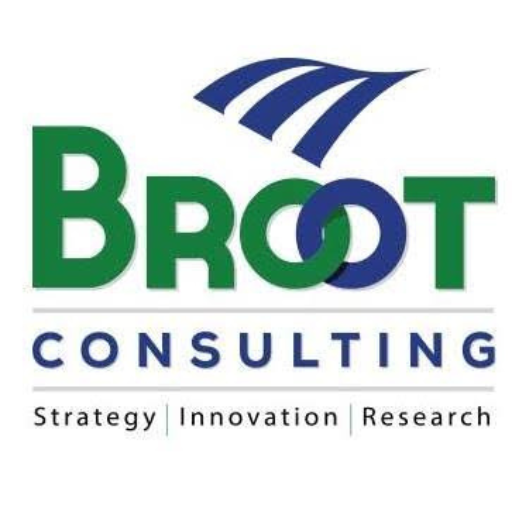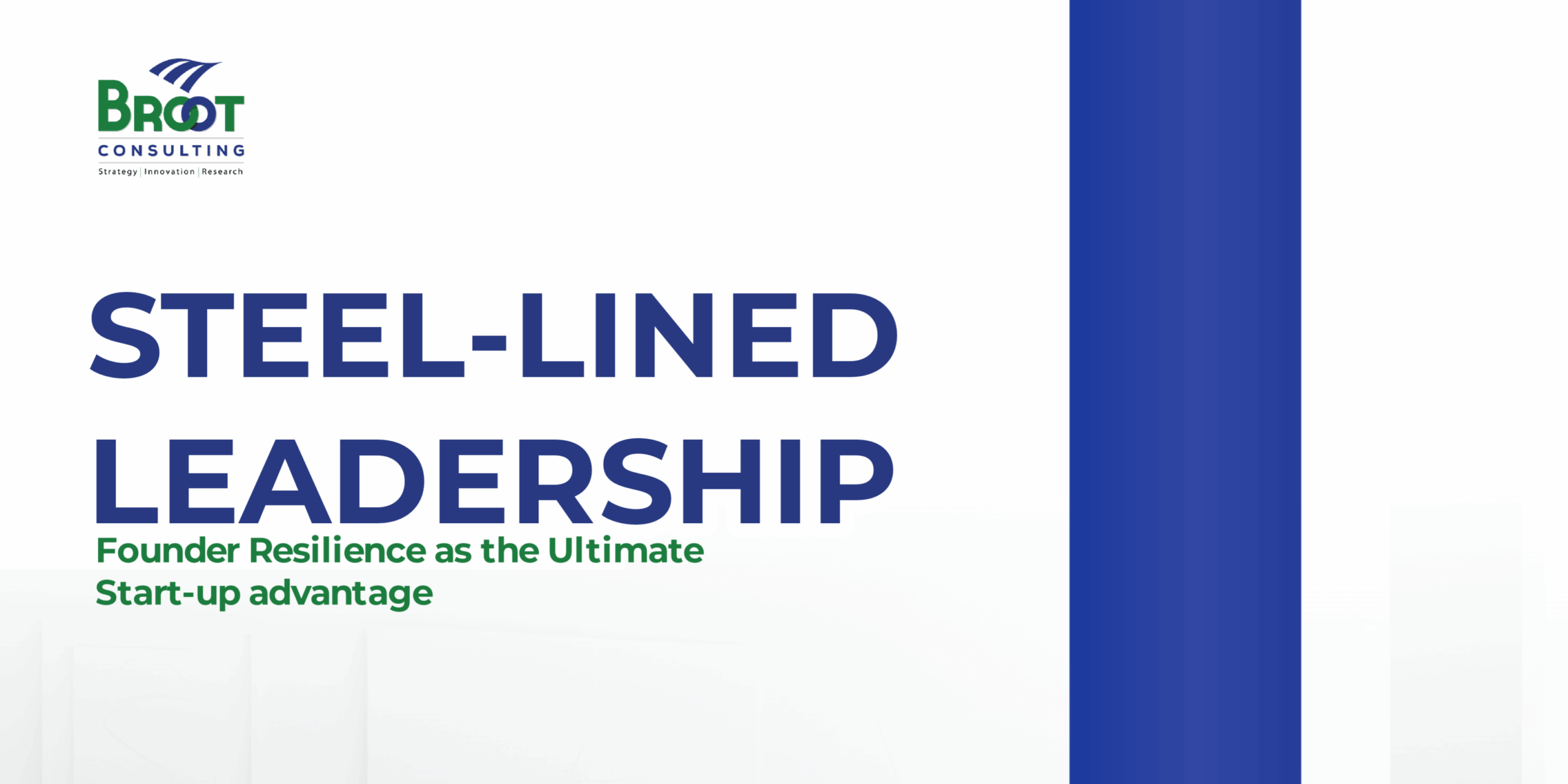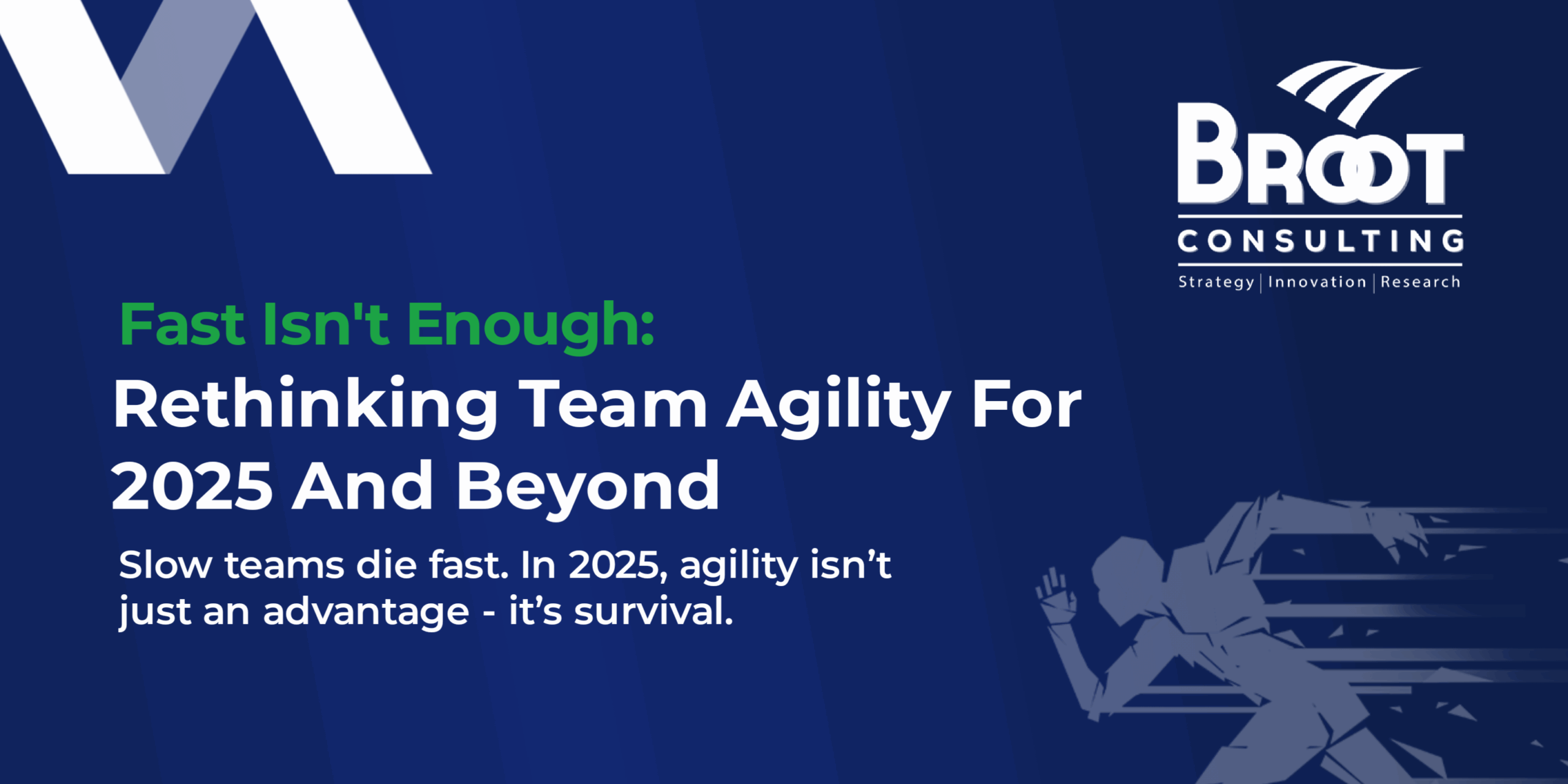Even nice things don’t make you happy when you are tired – Jo brand
Change initiatives become imperative when Leaders are pressured to accelerate growth, increase market share, improve profitability and stay ahead of the competition. As they interact with colleagues at business gatherings, read business journals, watch the news and review their company’s performance, the need to change continues to gain their attention. Following through, they initiate an array of change programmes. Research, however, shows that 70% of these change initiatives fail. A failed change project is expectedly painful and, a waste of human and material resources. Employees get fatigued, and a general sense of apathy becloud the organisation.
Photo Cred: National geographic
Time-Tested wisdom tells us that change is fundamental for any meaningful advancements; failure to embrace it will lead to stagnation, retrogression and total collapse. Life without change will lose its true meaning. We may resist, avoid or pretend not to notice it, but change will always happen. It is essential to, however, be conscious of the fact that, an unending, poorly coordinated, unplanned and haphazard execution of change project will do more harm than good to any organisation.
Therefore, the panacea for transformation becomes an energy-sapping and spirit-crushing activity as well as a source of emotional drainage that lead employees to make poor decisions. The frequency and intensity of the change initiatives wear them out, efficiency and performance nosedive and employees become disoriented with the change initiative that leads to nowhere. In the end, everyone is a loser!
Self-awareness and Change Fatigue
Business leaders should understand and carefully plan the change process and recognise that the human element is the most critical part of any change process that should be appropriately managed if the change project is to succeed. The best way to start is to ask yourself some soul-searching questions. Why do you need change initiatives? What will be affected by the proposed change? Are you willing to see yourself among those that need to change or will you be beclouded with the self-serving bias of being better than the rest? What is the expected outcome of your proposed change? Will the change strengthen your value propositions? Will it energise your team? What will be the impact of bombarding your employees with a plethora of change request?
Honest self-assessment regarding the above question will enable you to understand and see the difference between change fatigue and change resistance. Change fatigue tells you that there exists burn-outs due to the frequency, intensity, and scale of change. People embrace change but are exhausted by the change process and unfavourable outcome. Change resistance suggests the unwillingness to commit to change. A poorly managed change process will weary even the most adherent supporter of the change initiative. It is for this reason that leaders must understand the damaging impact of change fatigue. Tyler Durham, president of Ketchum Change, said, “If they don’t recognise that there’s an exhausting impact that change and volatility has on employees, they won’t prepare for its damaging effects.” These damaging effects include indifference, a drop in productivity, creativity and commitment. Rather than coming to work excited, and thinking of how they could add value to your business, they, unfortunately, arrive the workplace disoriented and exhausted. They become only interested in those things that give them direct personal benefits.
Signs of Change fatigue
Change fatigue has a detrimental and long-lasting effect on the health of individuals and that organisation. The following are some of the symptoms you should look out for:
- Little interest is shown by employees when the leader announces new change initiatives.
- An absence of energy, excitement and optimism at the announcement of new change initiatives.
- Expression of disgust, anger and use offensive language whenever they discuss the change initiatives among each other.
- Prevalence of unnecessary stress and unhappiness among your employees
- Your change management meeting with staff is more informational than conversational; therefore, everyone keeps mute and are just waiting to leave the room after your presentation.
- Increase in conflict among team members after a change initiative announcement.
How to Avoid Change Fatigue
To overcome change fatigue, leaders must recognise the limitation in the ability of both the organisation and individual to cope with the frequency of change. If any change initiative must succeed, you must:
- Have a clear vision with a well-coordinated and transparent approach that clearly explains the objective and the expected outcome. If employees can see the point of your intentions and agree with it, change becomes more natural to implement.
- Lead by example: don’t present yourself as an exception of who should be affected by the change, a self-serving bias will make employee judge your change initiatives as a mere campaign slogan.
- Recognise that too much change triggers change overloads. Ensure the change initiative does not become unnecessarily burdensome. People will feel pressure when they think that you are introducing too many changes at the same time.
- Know that multiple change initiatives will lead to burnout Nothing depletes the energy and enthusiasm of subordinates faster than too many change requests.
- Understand that the haphazard change initiative could lead to organisational chaos. Spread and break change initiatives into manageable parts and with intentional reinforcement systems in between to ensure that there’s no relapse.
- Cost of failed change initiatives is high. Added to the financial loss are issues like increased team conflict, missed opportunities, wasted resources, and low morale.
- Allocate appropriate implementation resources: Leaders must support change initiatives with proper resources that will make the transition possible. This include capacity building that adequately prepares the employees to undertake new tasks.
- Ensure a follow through with the implementation of the change initiative, makes sure you share the processes and the outcome with all the stakeholders.
Conclusion
Evidence abound that Change is a tool for growth and advancement, the same vehicle can also be a tool for chaos. Many change initiatives fail because they are a just a bunch of unrelated, endless change projects. Leaders must embed a well-articulated culture of change in their organisations when employees don’t perceive change programs to be energising, implementable and fair, then the best of well-intentioned change initiative will fail and make both the employees and the employer a loser.
 Olukunle A. Iyanda, Ph.D., FCA, MBA
Olukunle A. Iyanda, Ph.D., FCA, MBA
Founder/Chief Executive Officer, BROOT Consulting
iyanda@brootc.com




